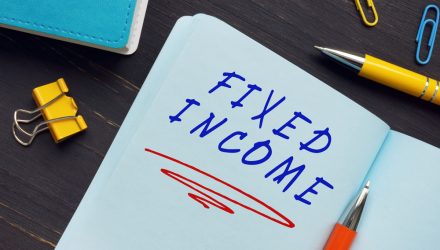The bond markets are finally diverging from their parity with equities during the first half of the month. Rather than play follow the leader with stocks, bonds are marching to the beat of their own drum, gaining strength as recession talk intensifies.
According to a CNBC report, there’s been a strong demand for bond exchange traded funds (ETFs) across the board. Whether it’s government, corporate, or high yield, bonds are back, reversing the trend in May that saw mostly outflows amid higher yields and conversely, lower bond prices.
“It’s been people dipping their toes into the water,” said Andrew McOrmond of WallachBeth Capital. “You’re coming out of what’s going to be a U-shaped recovery, I believe. It might already be if you compare it to Covid, which was a clear V [recovery].”
Active Management Garners Interest
In the same CNBC report, Ben Slavin, global head of ETFs at BNY Mellon, noted that ETFs in general have been garnering more interest than mutual funds. It’s been the investment vehicle of choice, and active management is also piquing investor interest in assets like fixed income.
“Actively-managed fixed income is starting to attract more attention where at least certain retail investors and maybe to some degree some professionals, as well, are just saying, ’I’ll leave it to an actively managed product or professionals,’” Slavin said.
An active option to consider while keeping duration on the short side is the Vanguard Ultra-Short Bond ETF (VUSB). It can be an ideal option over going with a money market fund in order to get a more competitive yield offering.
With its low 0.10% expense ratio, VUSB’s investment objective is to seek to provide current income while maintaining limited price volatility.
Highlights of VUSB:
- A diversified portfolio of high-quality and, to a lesser extent, medium-quality fixed income securities.
- The fund is expected to maintain a dollar-weighted average maturity of zero to two years.
- Under normal circumstances, the fund will invest at least 80% of its assets in fixed income securities.
- The fund is designed to give investors low-cost exposure to money market instruments and short-term high-quality bonds, including asset-backed, government, and investment-grade corporate securities.
For more news, information, and strategy, visit the Fixed Income Channel.

